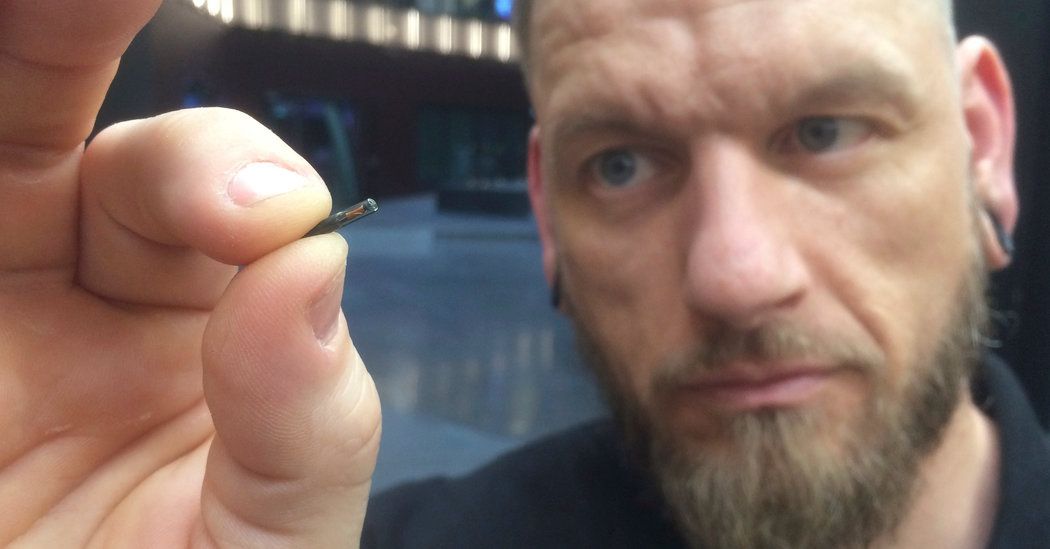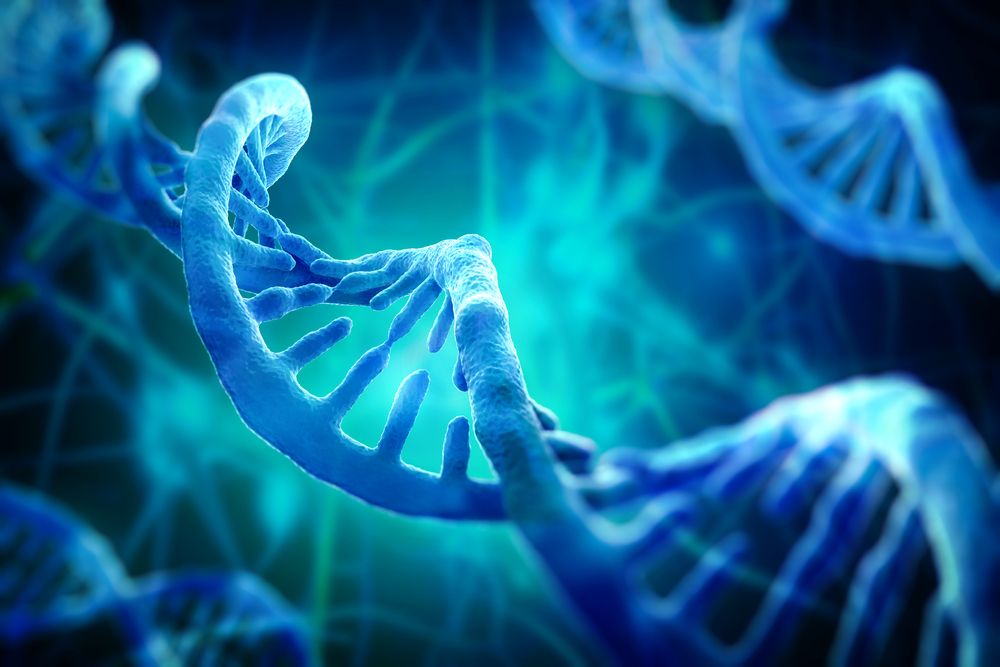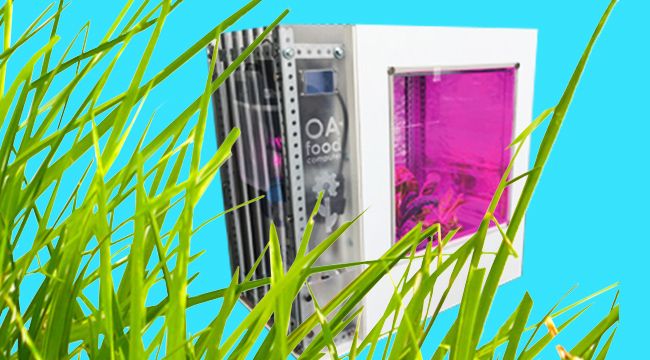For copyright matters please contact us at: [email protected]
Healthy food isn’t always tasty. But with regards to bananas, this isn’t the case. Which is why it’s doubly pleasing to learn that they not only bring satisfaction to your taste buds but also a great many benefits to your health.
We at Bright Side have gathered together all the evidence showing why eating just two bananas a day can seriously improve your health.
—————————————————————————————
Our Social Media:
Facebook: https://www.facebook.com/brightside/
Instagram: https://www.instagram.com/brightgram/
5-Minute Crafts Youtube: https://www.goo.gl/8JVmuC







